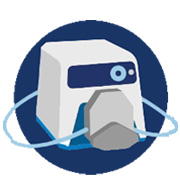Refine Result

Try our pump finder tool or configure a complete system
Simple tools to get top recommended peristaltic pumps or configure your system by choosing compatible components.
Two ways to find the best pump for your needs
Try it today
You Searched For: single-use+sensors
232,629 results were found
SearchResultCount:"232629"
Sort Results
List View
Easy View
List View
Easy View